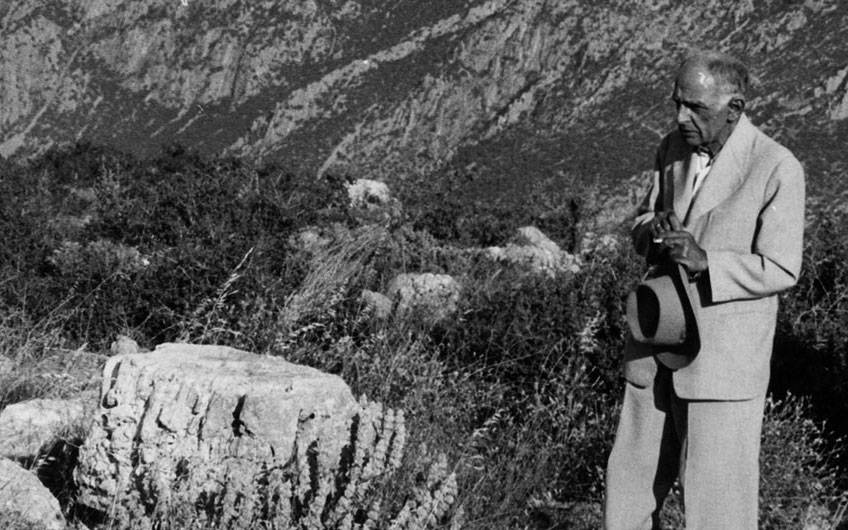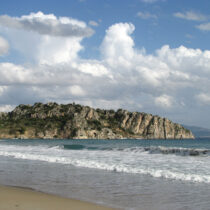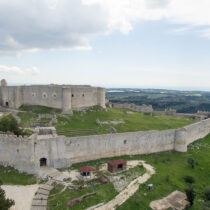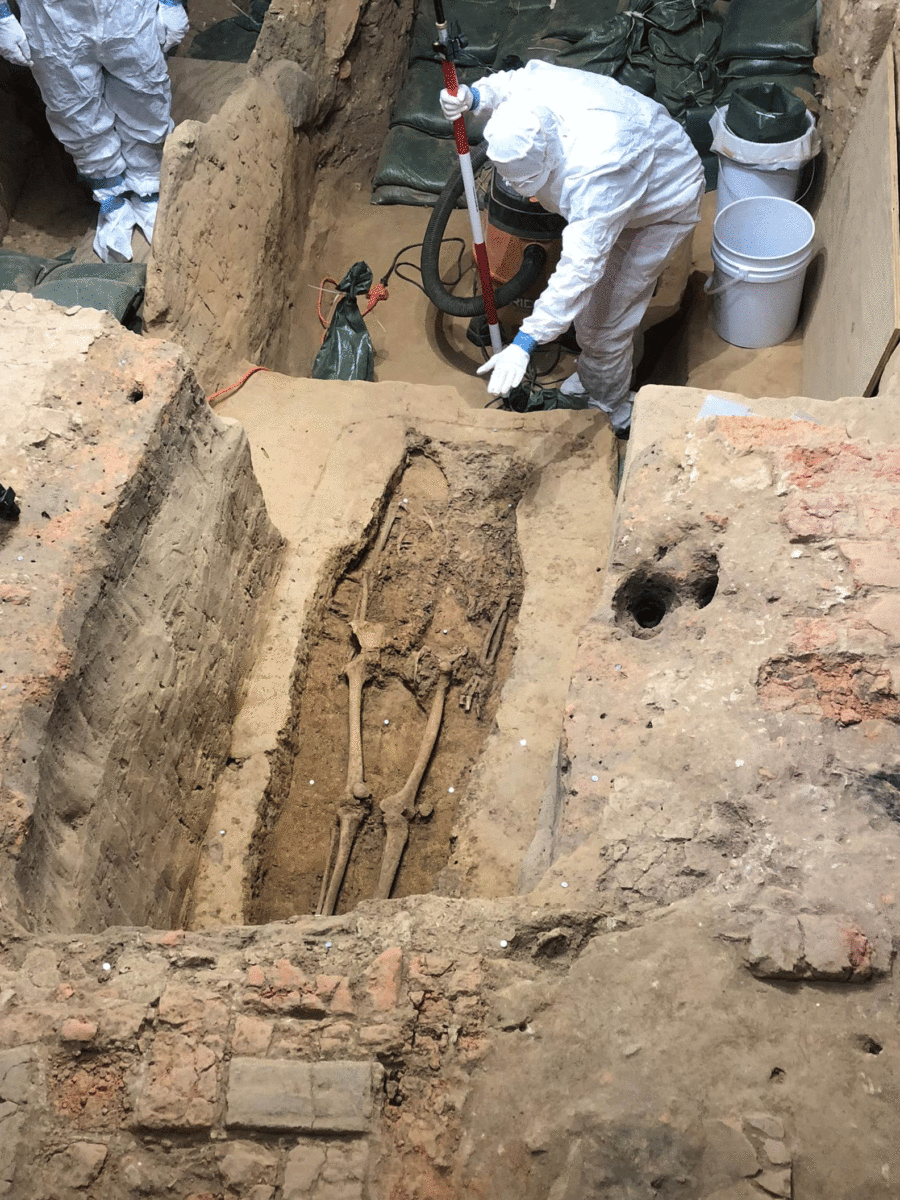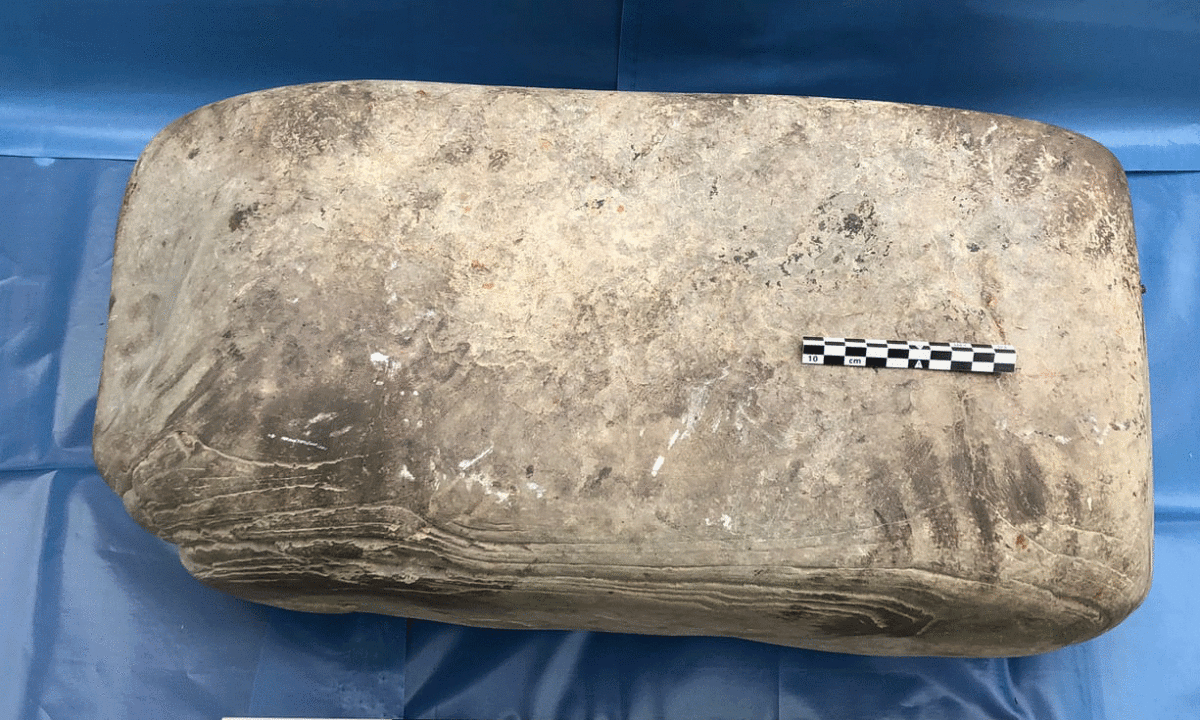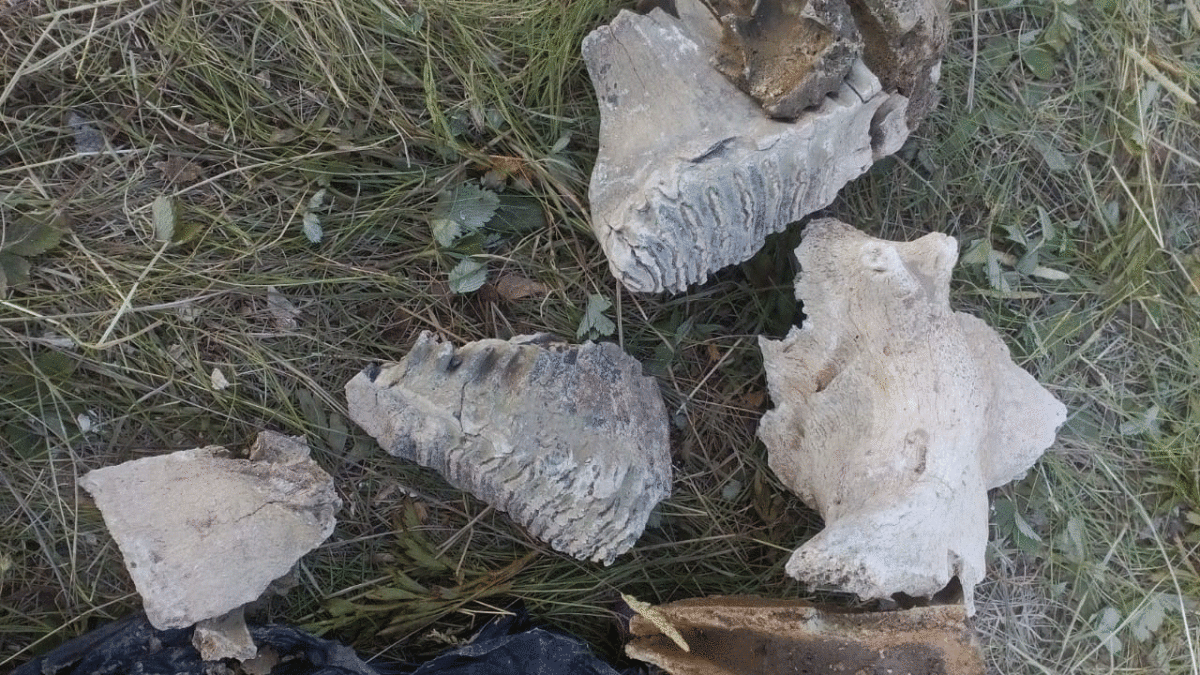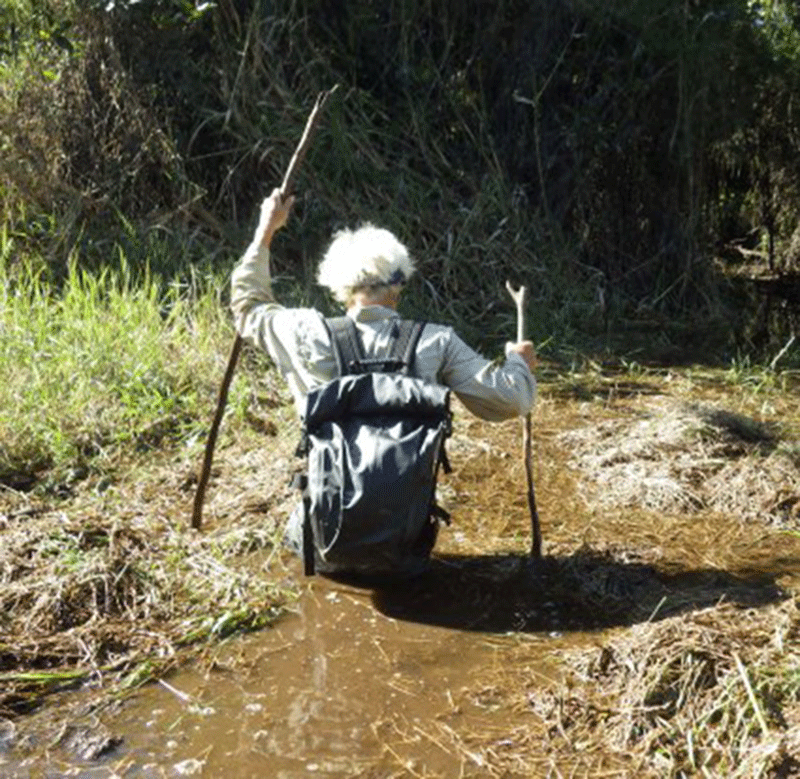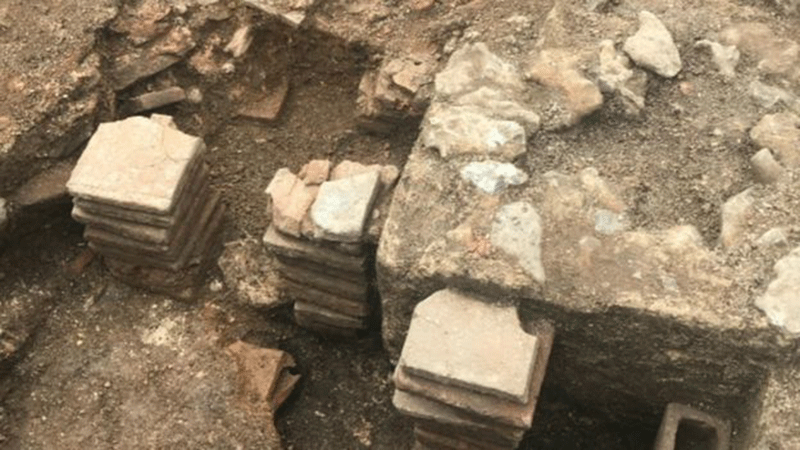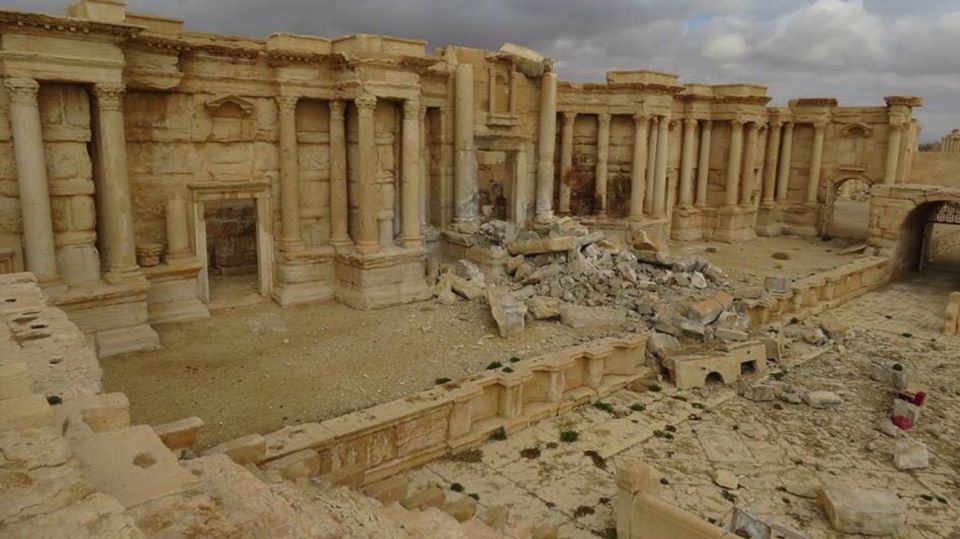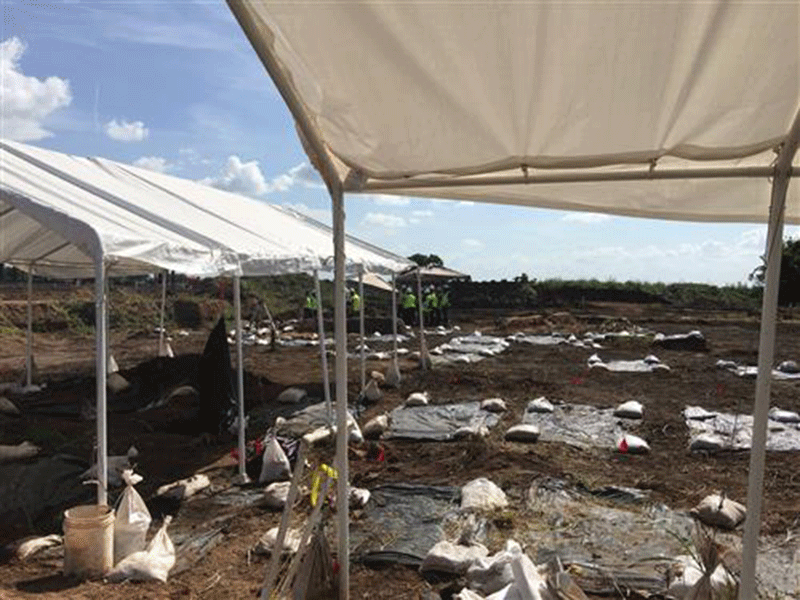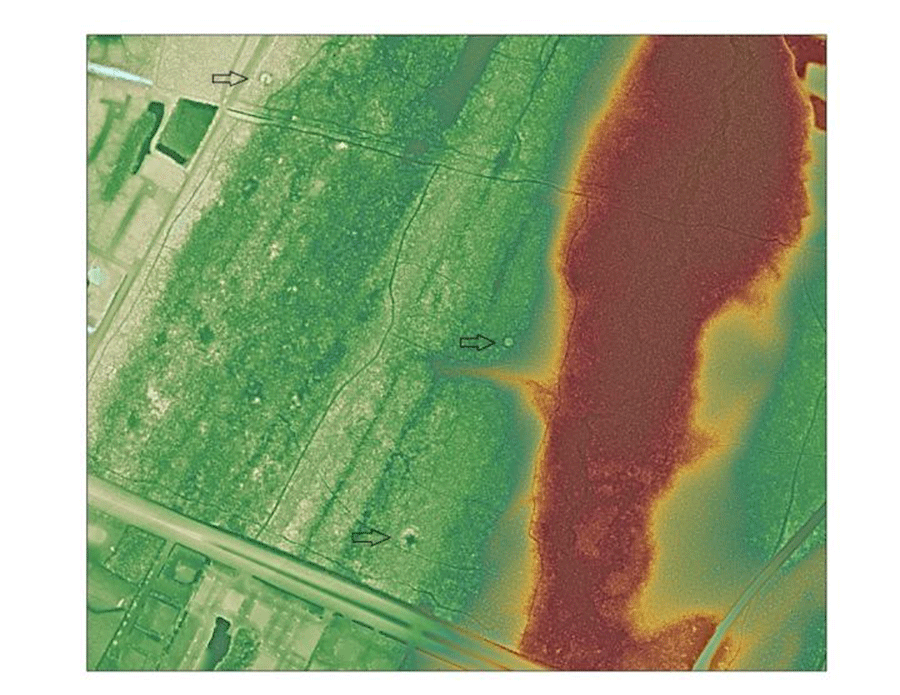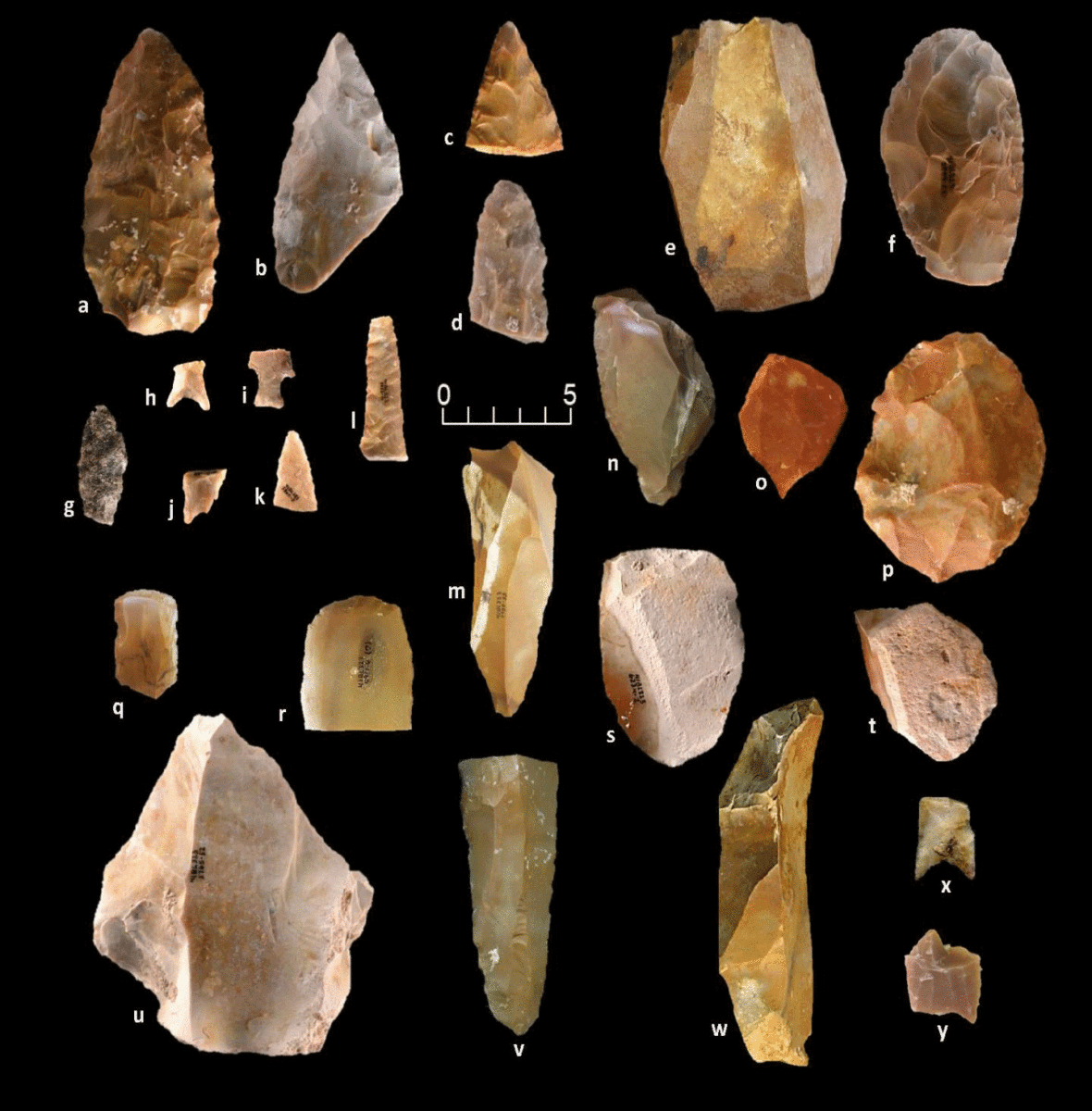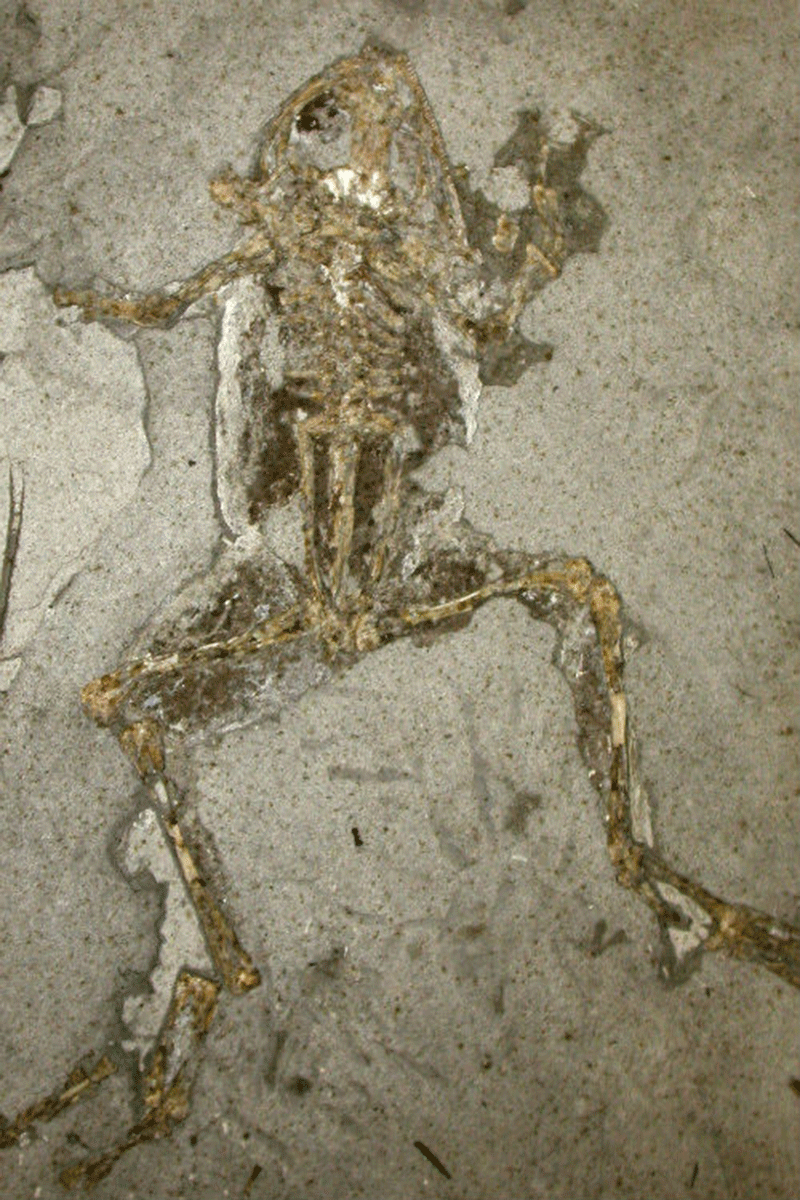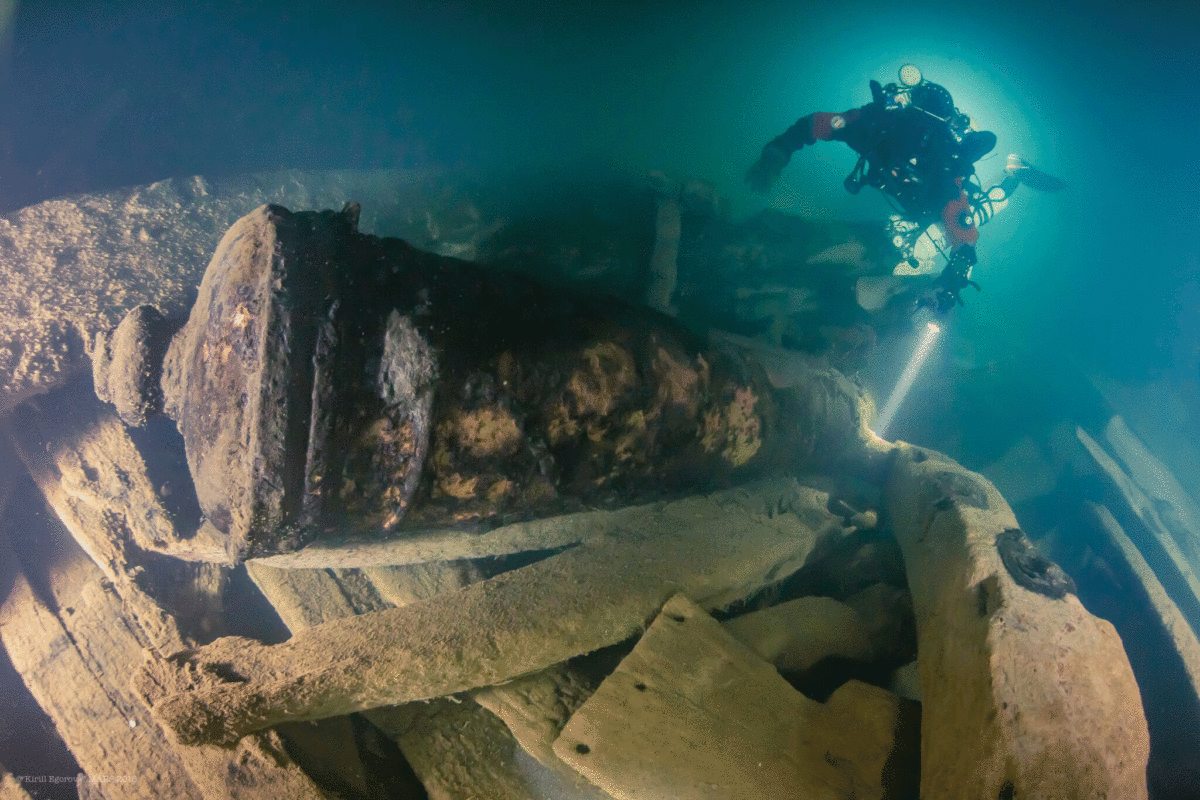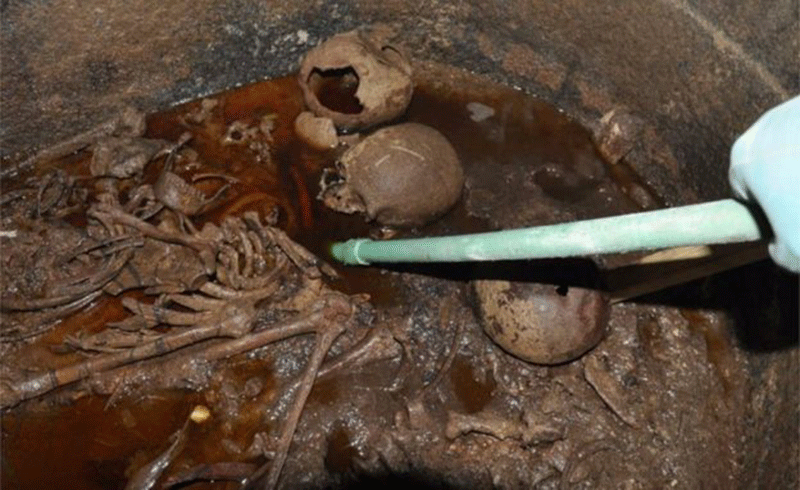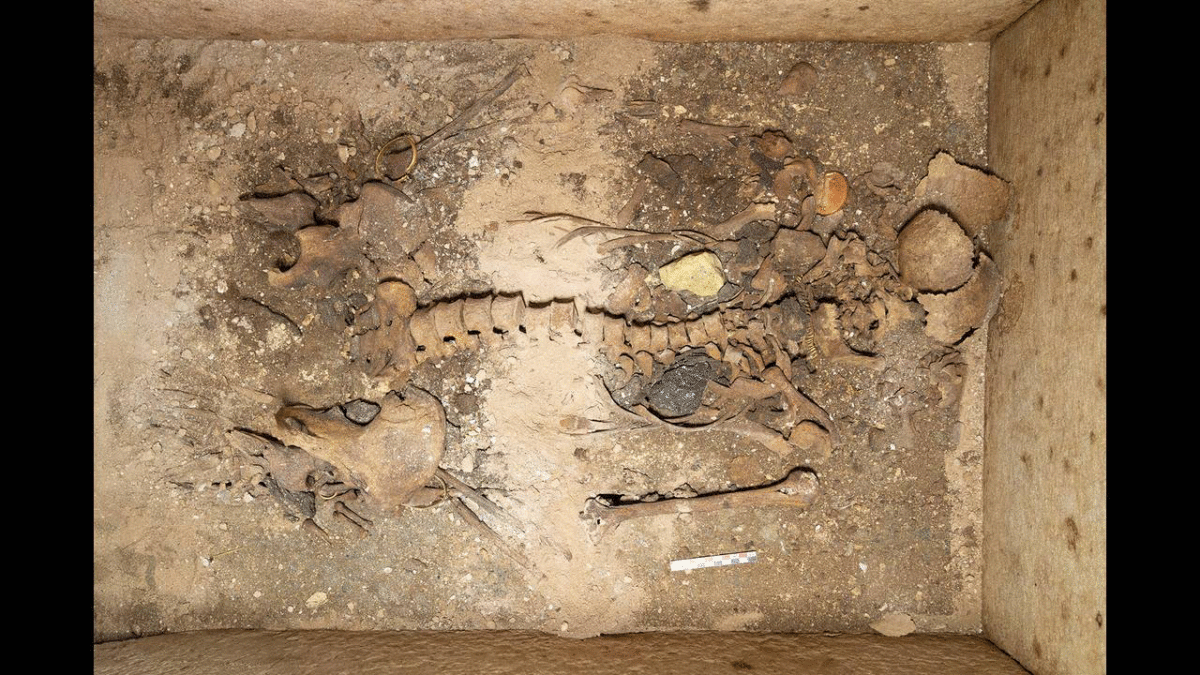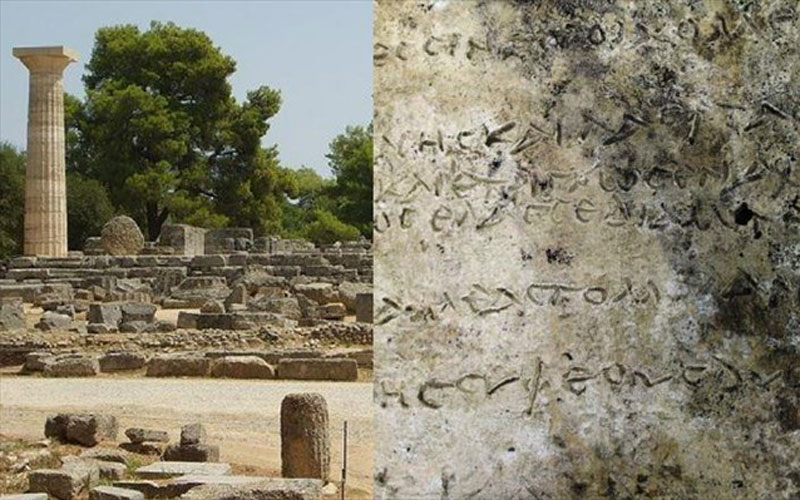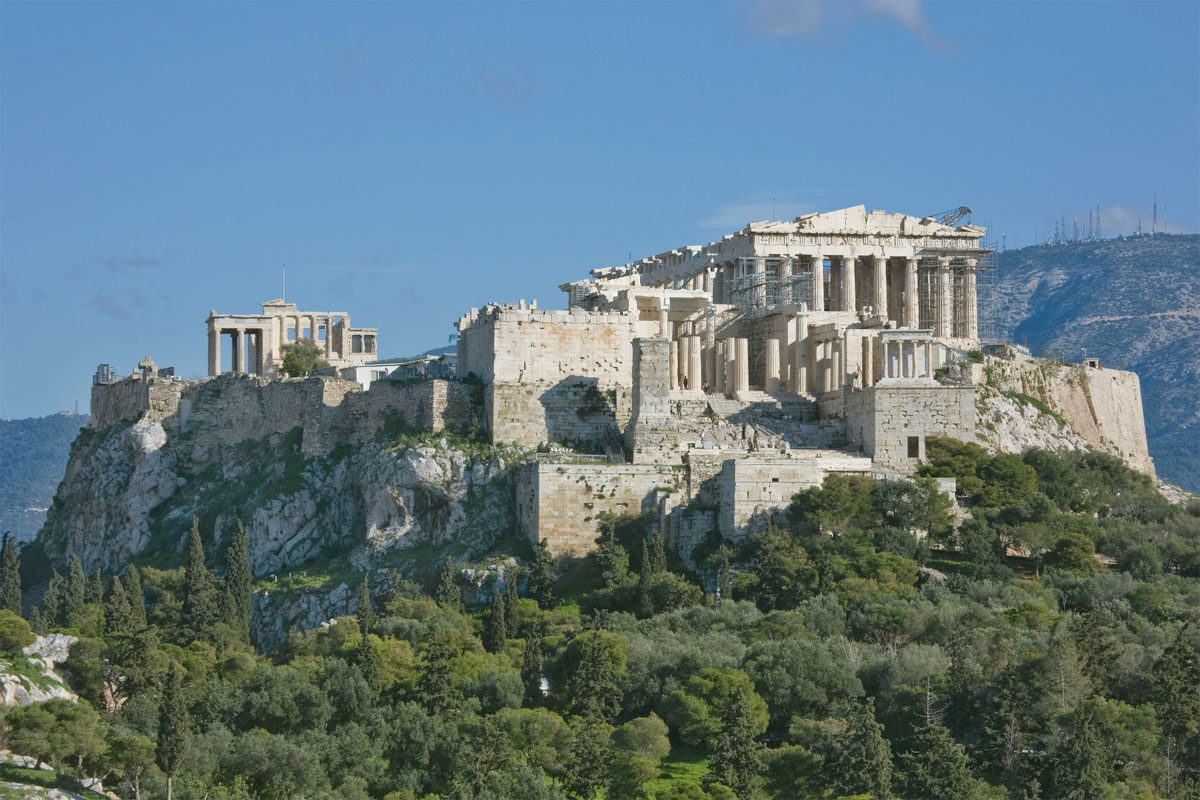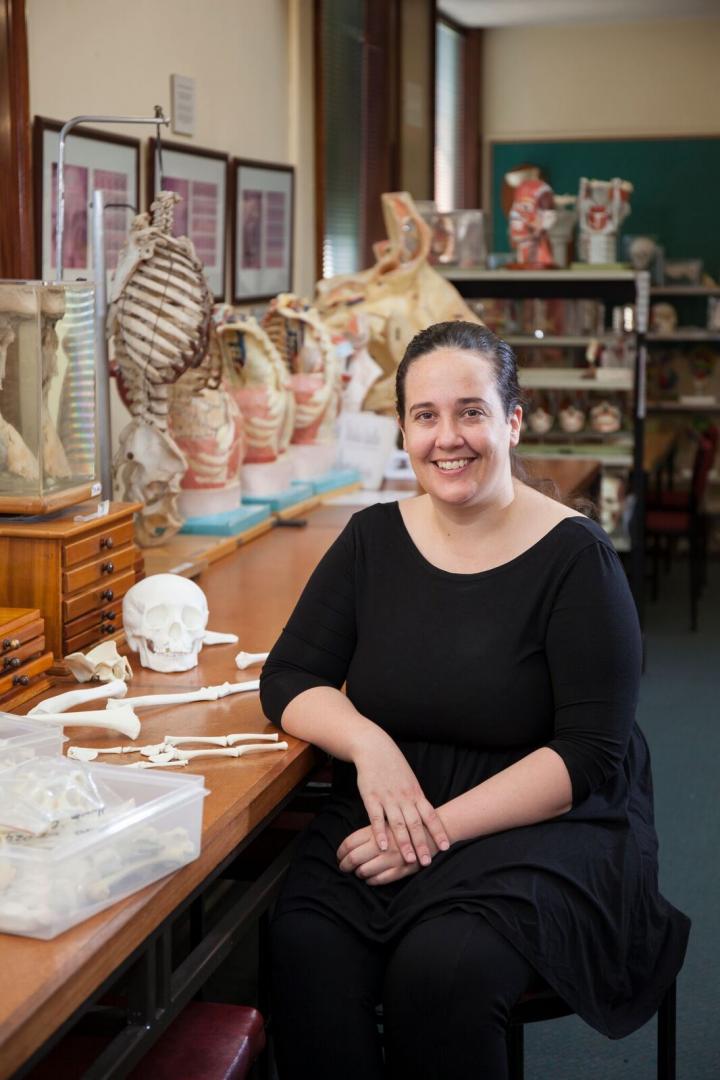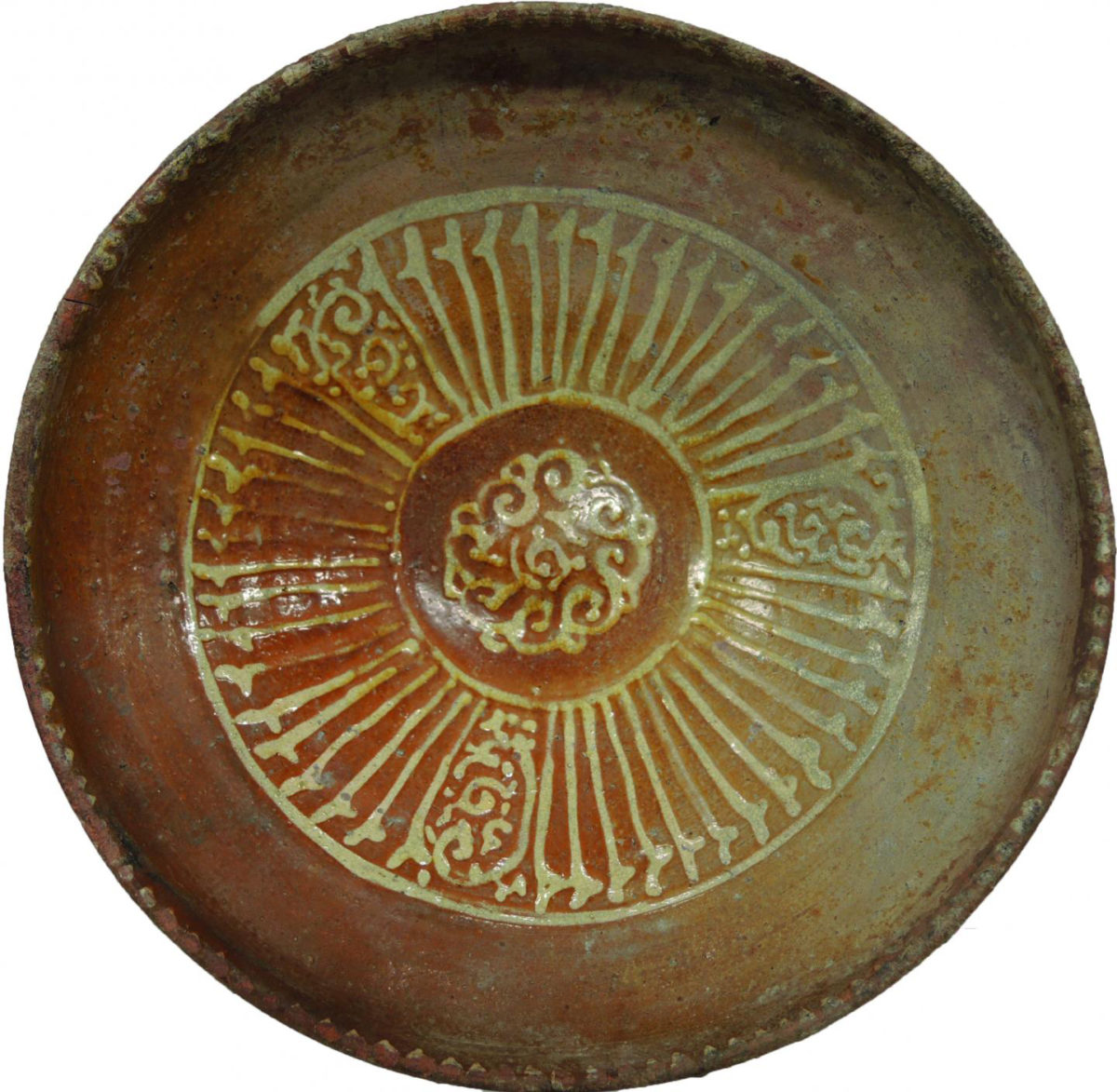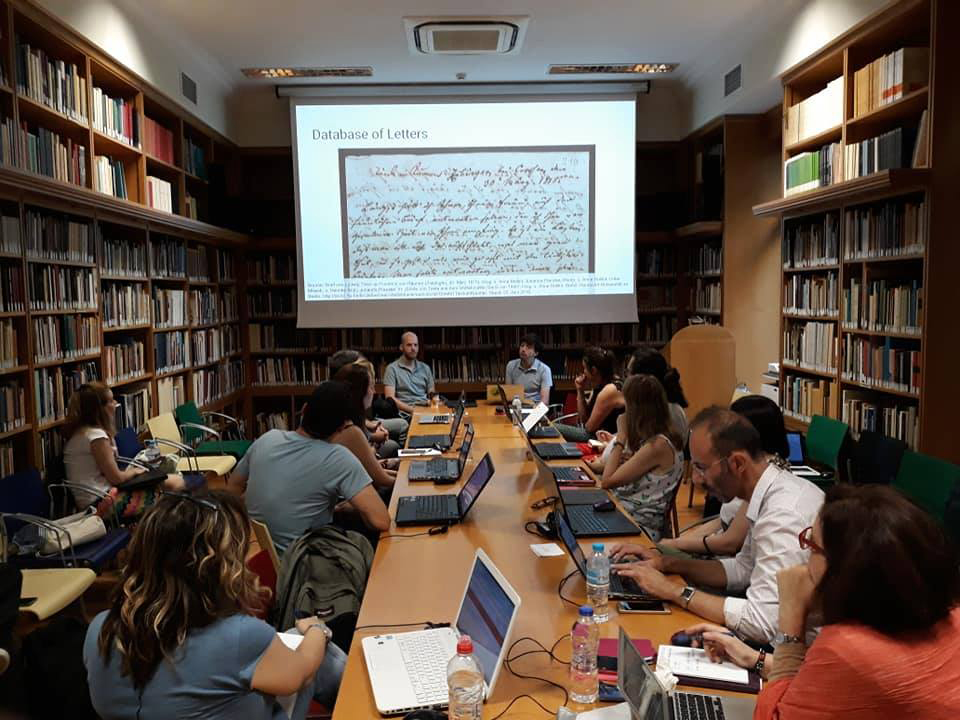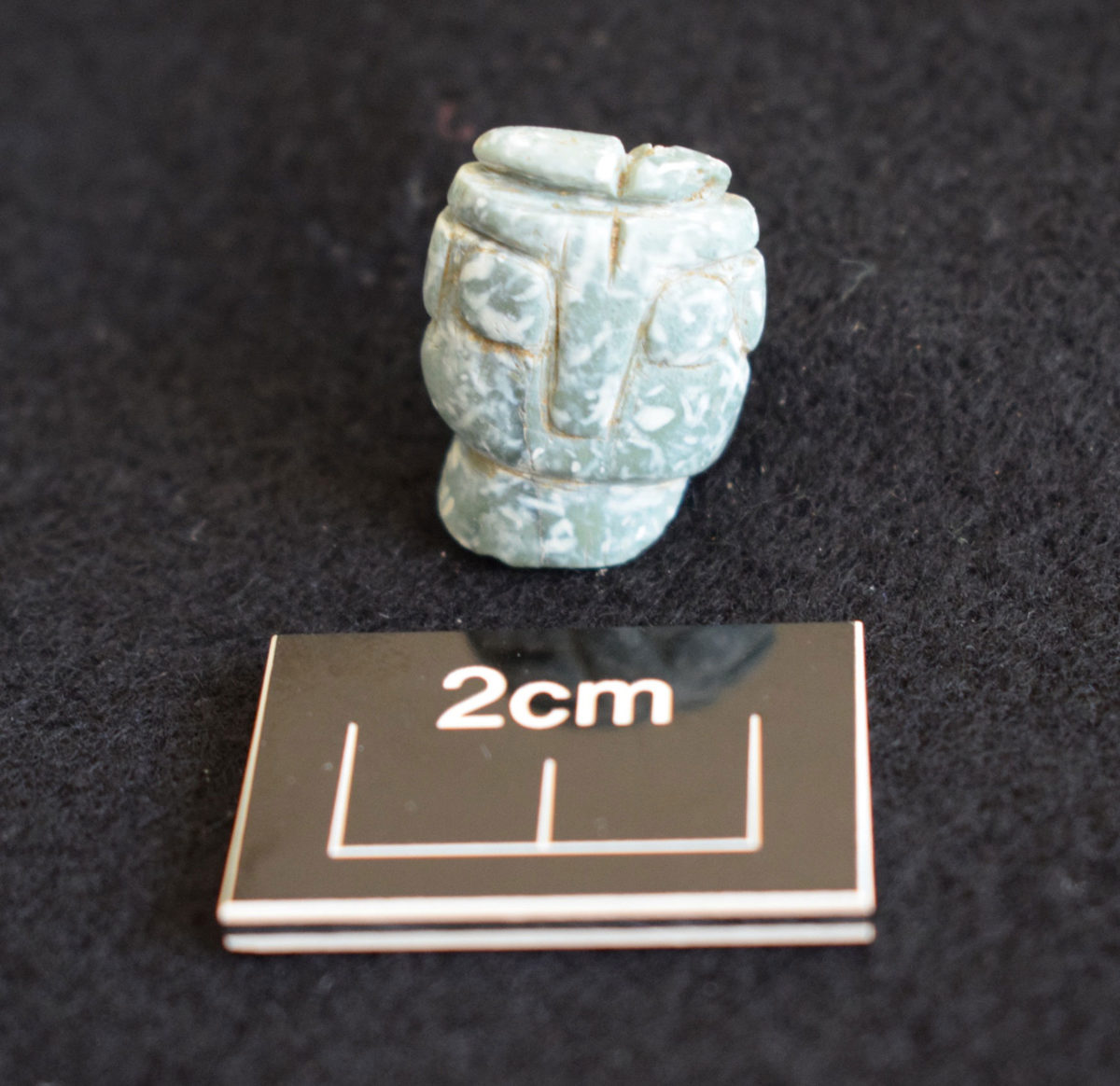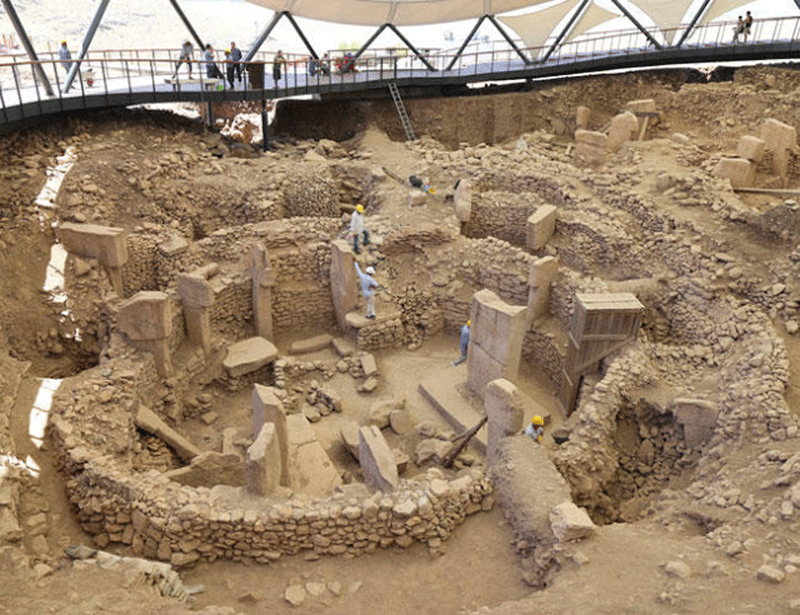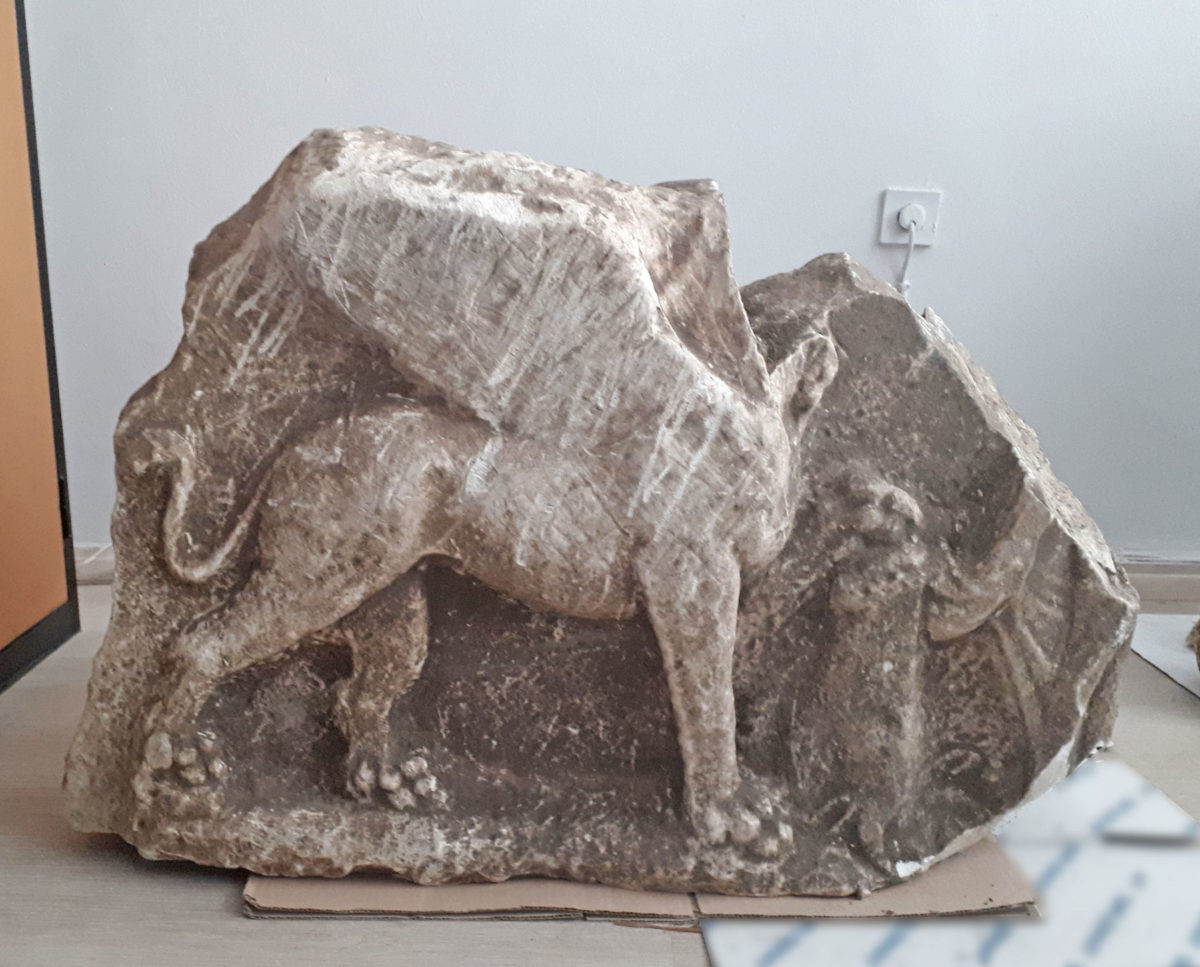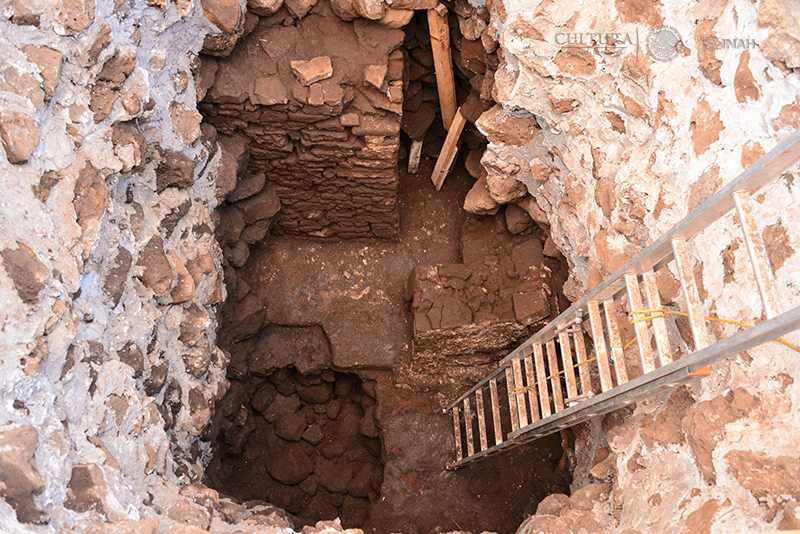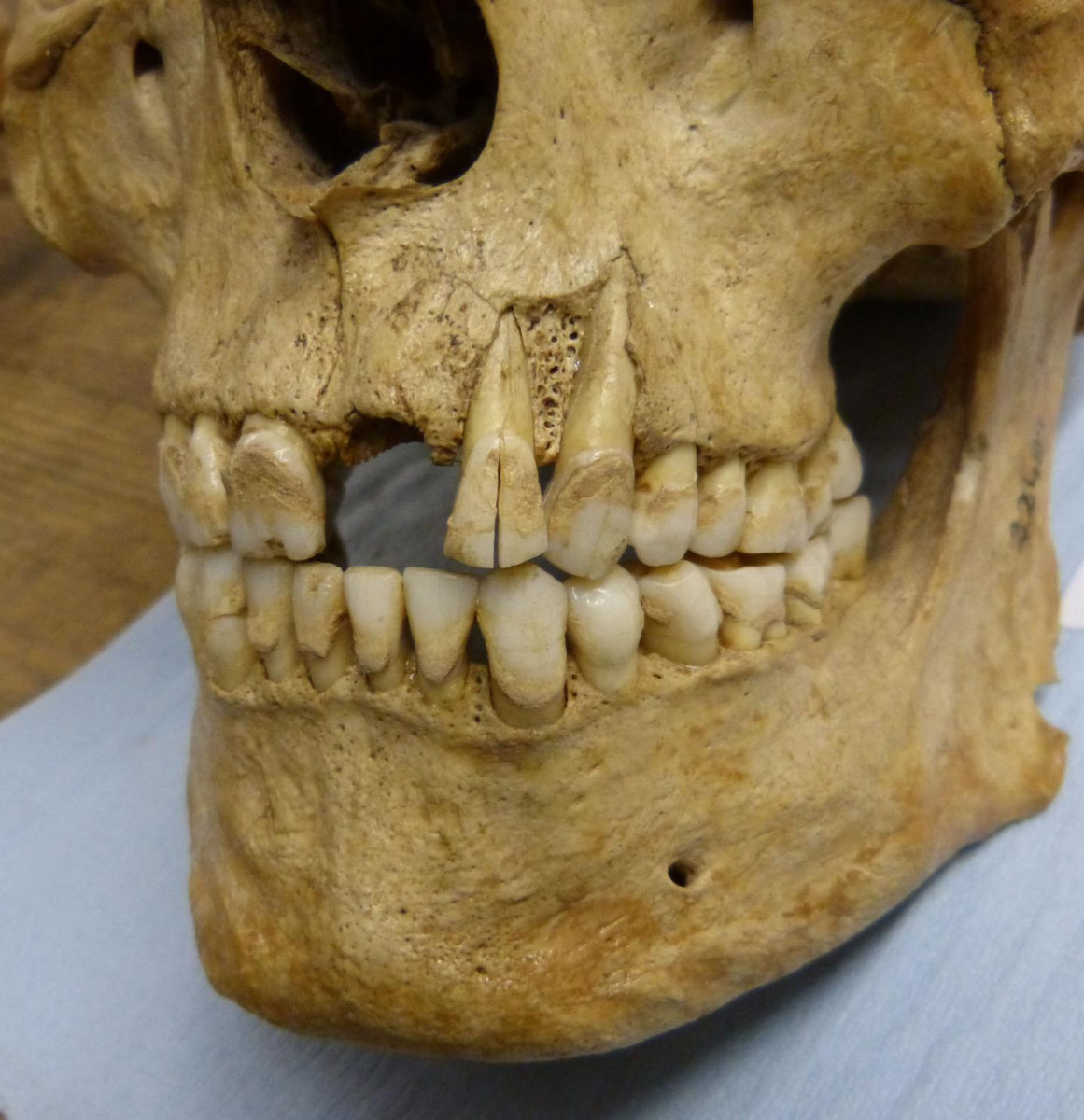A skeleton unearthed in Jamestown could be of America’s first governor
who established the first representative assembly in America
Pictish metalsmith’s handprint has been found
Archaeologists working on the island of Rousay in Orkney have uncovered the handprint of a Pictish metalsmith on an Iron Age stone anvil.
Students in Russia unearth a mammoth ancestor
Students of the Biological Institute discovered large bone remnants that supposedly belonged to the ancestor of woolly mammoths - the trogontherium elephant.
Ancient farmers transformed the Amazon affecting the rainforest
Ancient communities transformed the Amazon thousands of years ago, farming in a way which has had a lasting impact on the rainforest, a major new study shows.
A Roman hot tub has been unearthed in Chichester
Archaeologists in Chichester Priory Park, UK, have discovered the remains of a luxurious Roman hot tub.
Restoration of Palmyra’s antiquities will be assisted by Russian specialists
The work of restoring Palmyra's antiquities, destroyed by the IS, will be assisted by Russian specialists.
Cemetery with unmarked graves found in Texas yields first finds
Archaeologists have provided an update on information yielded at a cemetery with unmarked graves in Houston, Texas, found earlier this year.
Archaeologists identify ancient north American mounds
Researchers have used a new image-based analysis technique to identify once-hidden North American mounds, which could reveal valuable information about pre-contact Native Americans.
Texas site research pushes back date of earliest North Americans
Luminescence dating confirms humanpresence in North America prior to 16 thousand years ago, earlier than previously thought
Fossil animals’ colour reconstruction needs to be re-examined
A team of palaeontologists have discovered new sources of the pigment melanin, calling for a rethink of how scientists reconstruct the colour of fossil birds, reptiles and dinosaurs.
Swedish shipwreck in the Baltic Sea yields new findings
Underwater archaeological research at the Mars shipwreck has yielded new findings. The Swedish warship had exploded in the Baltic Sea in 1564 during a battle.
Mystery sealed black sarcophagus from Egypt is now opened
A black granite sarcophagus, found in Egypt earlier this month in Sidi Gaber district in Alexandria, has now been opened by a scientific archaeological committee.
Intact burial of prominent figure found during monument restoration
An intact tomb of a prominent woman has been unearthed on the island of Sikinos, Greece.
Clarifications on the clay tablet with lines from the Odyssey
Following the great publicity given to the recent announcement of the discovery in Oympia of the clay tablet with lines from the Odyssey, the research team proceeded to make clarifications so as to avoid any misinterpretations.
E-tickets for archaeological sites in Greece available online
The visitors of selected archaeological sites, monuments and museums in Athens, Crete and Peloponnese can now buy tickets online.
Otago-led research cites faulty science and ethics in DNA analyses of ‘Ata’
University of Otago-led international collaborative research calls into question the ethics and skeletal and genomic analysis surrounding research into the much publicised alien-like "Atacama mummy".
Old Theban port of Chalcis: A medieval maritime crossroads in Greece
Findings provide a new perspective on medieval Mediterranean trade and reveal that Chalcis was an epicenter of maritime commerce, exporting goods across a vast territory.
Report on the Data Modelling Workshop “nodegoat”
Twenty participants from different fields (historians, archaeologists, anthropologists, practitioners from cultural centers and digital oriented companies, journalists and students) came together to this hands-on workshop.
Excavation at Makounta-Voules: First finds
The 2018 archaeological excavations at Makounta-Voules, Cyprus have been completed.
New findings keep emerging at monumental settlement in Turkey
The site is now in the UNESCO World Heritage list.
Arrest for possession of ancient artefacts
‟The most important piece and the smaller ones belonging to it come from a marble sarcophagus of the Roman era”, says archaeologist George Riginos of the Ephorate of Antiquities of Preveza.
Concern about the Taj Mahal
The Supreme Court of India accused the federal government and the local government of Uttar Pradesh of being "lethargic" regarding special measures to protect the Taj Mahal.
Earthquake reveals remains of temple inside Aztec Pyramid
A 7.1 magnitude earthquake has led to the discovery of an ancient shrine dedicated to the rain god Tláloc beneath the pyramid of Teopanzolco in Cuernavac, Mexico.
Research on British teeth unlocks potential for new insights into ancient diets
Researchers analysing the teeth of Britons from the Iron Age to the modern day have unlocked the potential for using proteins in tooth tartar to reveal what our ancestors ate.
